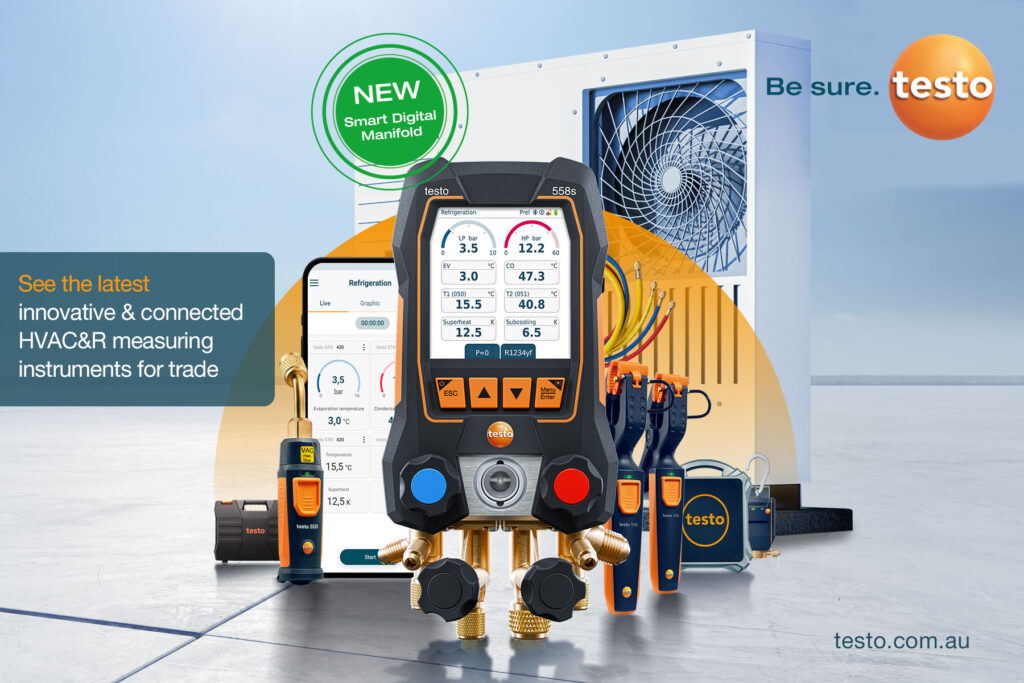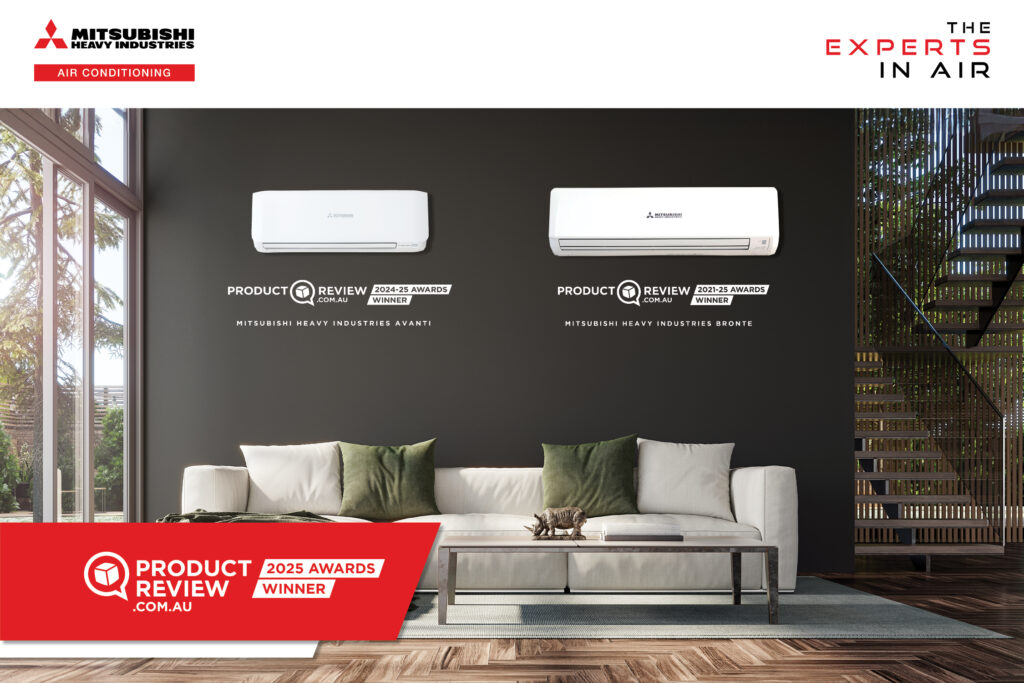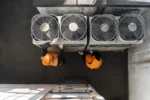Lifelong learning
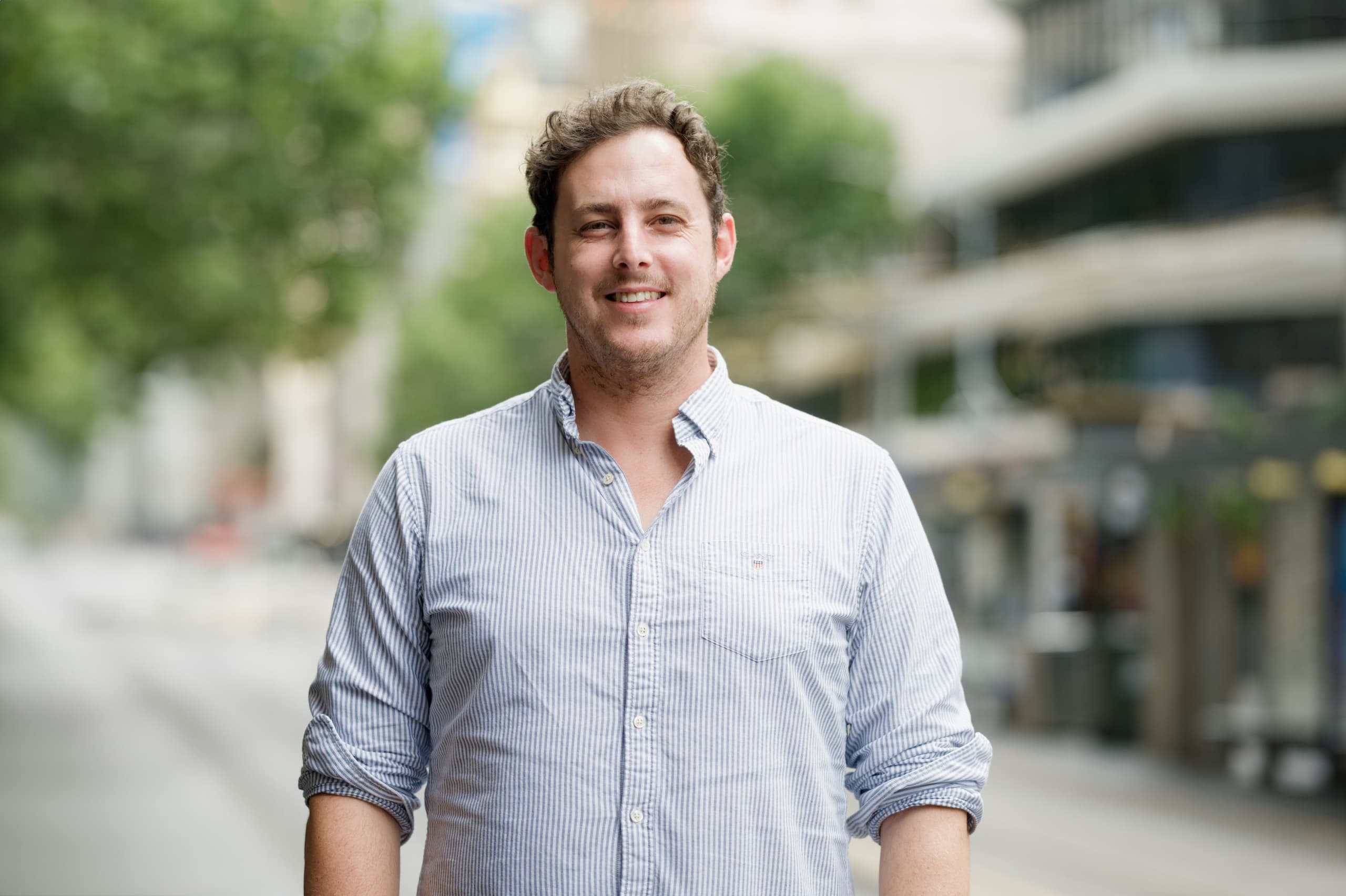
As I was at my desk wondering what to write for this column, my colleague was on the phone to a gentleman who has been a member of AIRAH for 62 years.
For someone who has only been on this planet for … no, I won’t reveal my exact age here, but let’s agree that it’s significantly less than 62 years … that length of time is quite literally incomprehensible. It made me wonder: How has the world changed since that gentleman first joined the Institute?
Back in 1963, John F Kennedy was still presiding over the United States, Australia was a happy-go-lucky little country of around 11 million people (we now have more than 26 million), and ideas like space travel and the internet were nothing more than science fiction. The way we work, travel, communicate and socialise over the past 62 years has changed beyond recognition.
I’d love to give you a thorough explanation of how air conditioning and refrigeration technology has evolved since those days, but if you’re reading this, you almost certainly understand those technicalities far better than I ever will. One thing I can safely say is that our present-day society takes the omnipresence of HVAC&R equipment for granted in a way people in the ‘60s surely didn’t.
People in 2025 expect to live and work in buildings where the temperature is always comfortable and the air is safe to breathe. We expect our supermarkets to provide an unlimited supply of high-quality refrigerated food, and for our pharmacies and hospitals to be stocked with the medicines and vaccines that keep us safe and healthy.
It’s thanks to the work of people like our 62-year member – and you, our Ecolibrium readers – that most Australians now live in this reality.
“When you spend six decades in an industry, keeping up with the latest technology, techniques and trends is a must.”
That’s where organisations like AIRAH come in. Our role is not just to support the lifelong learning of our members, but to help them share their knowledge, expertise, and high-quality work with the HVAC&R professionals of the future.
Among the excellent work featured in this issue of Ecolibrium is a fascinating housing retrofit project in South Australia’s remote APY Lands, where temperature extremes, unforgiving terrain, and physical isolation challenge even the most accepted approaches to HVAC.
We also look at a radical idea to use water as a direct expansion refrigerant, take deep dives into commissioning and maintenance in the built environment, examine an ambitious effort to electrify Sydney, pay homage to the iconic AS 1668.2, discuss the thermal benefits of downsizing our homes, and reflect on the dangers of residential mould. We have two Forum papers: one tracking the evolution of refrigerants, and another on using computational fluid dynamics in designing data centres.
I’m happy to report that, not only does our 62-year member still read Ecolibrium, but he’ll be joining us at one of AIRAH’s state award events later this year. It’s that kind of lifelong dedication that makes this industry so special.
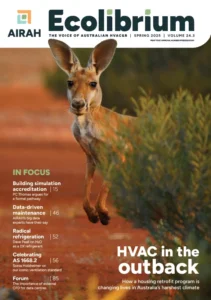
This article appears in Ecolibrium’s Spring 2025 edition
View the archive of previous editions
Latest edition
See everything from the latest edition of Ecolibrium, AIRAH’s official journal.

